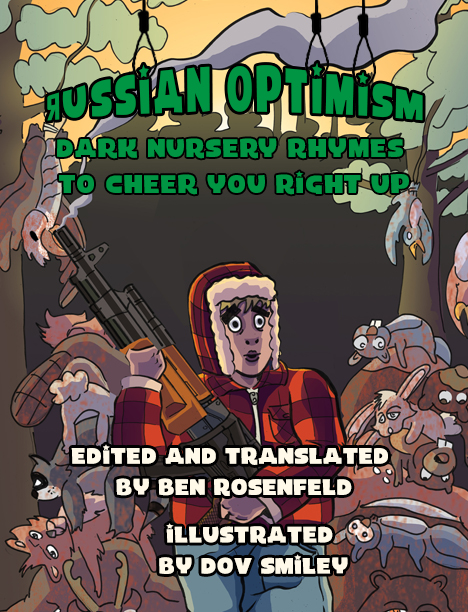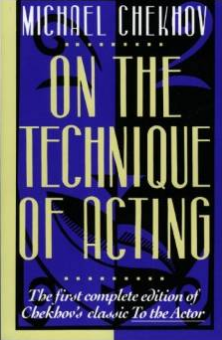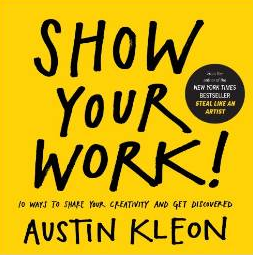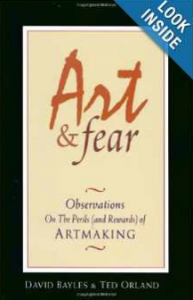I recently read “The Humor Code: A Global Search For What Makes Things Funny” by Peter McGraw and Joel Warner. Below are the quotes I found most interesting. As always, if you like the quotes, please buy the book here.
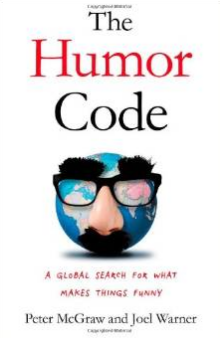 “Two University of Tennessee professors had 44 undergraduates listen to a variety of Bill Cosby and Phyllis Diller routines. Before each punch line, the researchers stopped the tape and asked the students to predict what came next. Then another group of students was asked to rate the funniness of each of the comedians’ jokes. Comparing the results, the professors found that the predictable punch lines were rated considerably funnier than those that were unexpected. The level of incongruity of each punch line was inversely related to the funniness of the joke.” (7)
“Two University of Tennessee professors had 44 undergraduates listen to a variety of Bill Cosby and Phyllis Diller routines. Before each punch line, the researchers stopped the tape and asked the students to predict what came next. Then another group of students was asked to rate the funniness of each of the comedians’ jokes. Comparing the results, the professors found that the predictable punch lines were rated considerably funnier than those that were unexpected. The level of incongruity of each punch line was inversely related to the funniness of the joke.” (7)
“As Jimmy Carr and Lucy Greeves put it, ‘In a room filled with people, the comedian is the only one facing the wrong way. He’s also the only one who isn’t laughing. For normal people, that’s a nightmare, not a career aspiration.’” (36)
“It’s not about whether or not you’re funny, it’s how you’re funny: how you learn the ins and outs of the business, how you develop your comic perspective, how you mix honesty and humor, how you deal with bad venues, and how you handle your shot at fame. And the only way to learn is through hard, repetitive, empirical work.” (40)
“In a MIT study on idea generation, improvisational comedians asked to brainstorm new products generated, on average 20 percent more ideas than professional product designers, and the improv comic’s ideas were rated 25 percent more creative than those of the pros.” (50)
“This recipe for humor production seems so simple: acquire a lot of information, then combine it in unusual ways.” (50)
“It’s not about following rules. It’s about breaking them – shifting perspectives, exploring the absurd, and probing the outer limits of what’s acceptable.” (51)
“Named the ‘Jon Stewart Effect’ after the allegation that while political-satire shows like The Daily Show might get people to pay attention to unpleasant news, the comedy involved could make them less likely to right the wrongs that they’re learning about.” (54)
“The goal of these gargantuan operations (mass-market attempts at humor)? Maximize the number of people chuckling and minimize those offended. In the television development world, there’s a term for this practice: “Least Objectionable Programming.” The results don’t usually equal hilarity, but then, that’s not the point. It’s to move movie tickets and score high Nielsen ratings.” (58)
“Hanson and his colleagues looked at 9/11 this way. ‘To me, it’s not about timing; it’s about validity,’ Hanson tells us. ‘If what you are saying is honest and legitimate and has a valid point, it’s going to be valid the day after, and it’s goign to be valid 500 years later.’” (61)
“Most things in the world aren’t funny. So if you aim to be hilarious… the best thing to do is to come up with as many jokes as possible, then come up with more.” (64)
“In medieval England, cracks about the dunces who lived in the village of Gotham were all the rage. (New York’s nickname, ‘Gotham,’ doesn’t sound so impressive once you learn that author Washington Irving coined it to suggest the place was a city of fools.)” (98)
“It’s possible that joking among the discontented masses might act as a safety valve, allowing folks to let off steam and view their plight in a less threatening manner instead of rising up in rebellion.” (167)
“According to Popovic… humor added three key elements to the movement. First, it allowed the protesters to break through the “fear barrier” that kept much of the population immobilized. It’s harder to be afraid of someone once you’ve laughed at him. Second, the young, laughing activists wearing hip Otpor! T-shirts and engaging in goofy street theater made protests seems cool and fun… Finally, humor was integral to Otpor!’s signature “dilemma actions” – protests designed so that however Milosevic responded, he looked stupid.” (168)
“Patch says, ‘The jester is the only person in the king’s court who can call the king an asshole.’ It’s true. Clowns, like comedians, are outsiders and rebels. All over the world and through most of civilization, clowns, jesters, tricksters, and picaros have stood apart from the crowd, with full license to break all the rules. They can spit in the face of conformity. They can say what no one else dares to say.” (187)
“Jordy Ellner, director of talent and digital at Comedy Central, took all his years working with comics and distilled what he’d learned into a single word: ‘Smile.’” (201)
Liked the quotes? Click here to buy the book.

